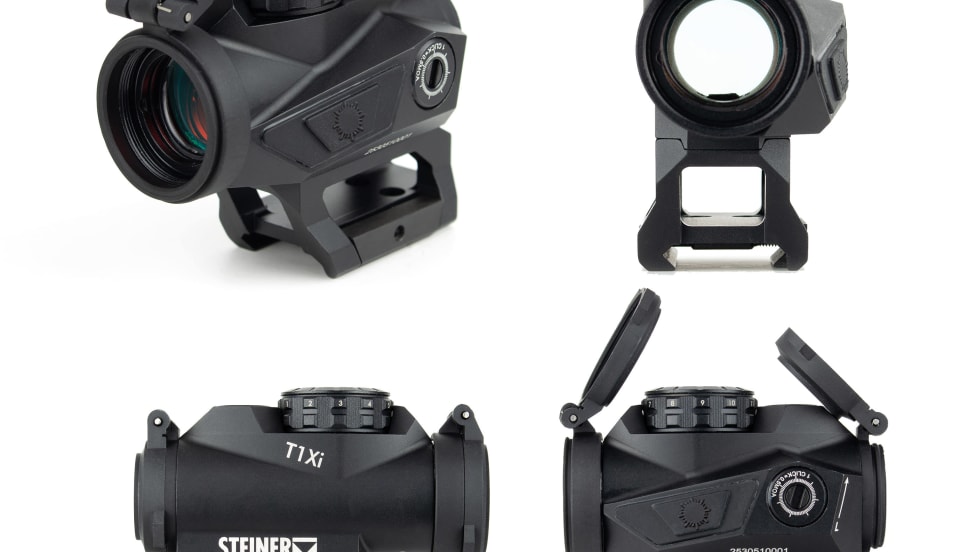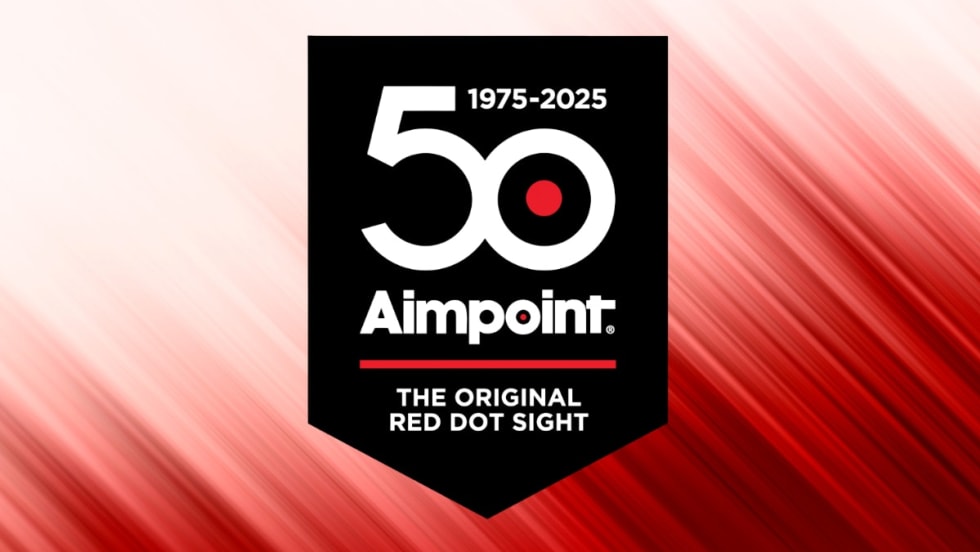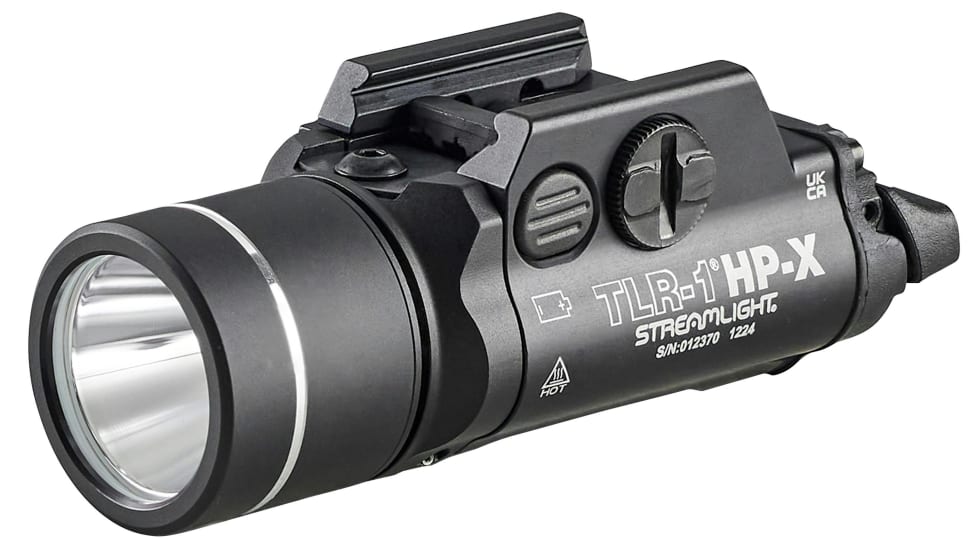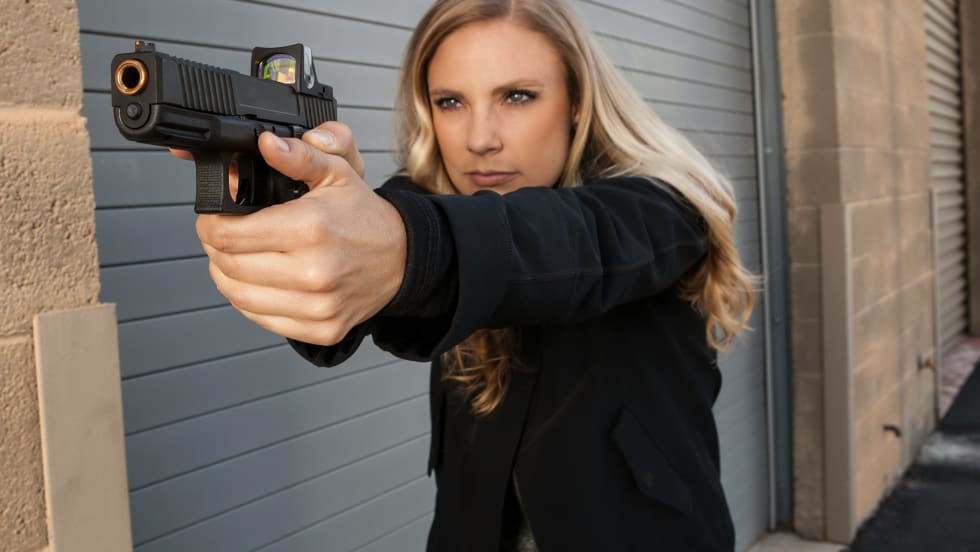We'll start small and simple. Everyone has a pistol, right? Light systems for duty pistols have become the standard for almost all agencies. I don't know of one (and I work in a large metro area of dozens of agencies) that doesn't either issue or authorize pistol-mounted lights for duty use. It just makes sense. Mounting the light on the pistol frees up the support hand to do whatever it is we need it to do. Opening doors, retrieving a new magazine or keying up your radio, all of these things once meant losing your light, at least momentarily; definitely not something we want while performing any of the before mentioned tasks.
The limitations on these lighting systems are few but worth noting. First, they add weight and can affect the function of your pistol. Training is crucial. Next, you need to find a duty holster that will accommodate your new rig. Duty gear manufacturers, particularly those authorized by your agency, don't account for all pistol and light combinations. Finally, don't forget this is one more piece of gear in your arsenal. This means you need to check it routinely and have a spare set of batteries handy; they'll go out when you least expect them to.
There are many models out there but a few seem to have found their way to the majority of duty pistols. Streamlight and SureFire have just about cornered the market on pistol-mounted weapon lights. Streamlight's TLR Series are all I carry and offer an array of options designed to fit almost every intended application. The last time I checked they offered 13 different models ranging from 110 to 630 lumens, available with or without a red or green laser. With a very compact design, simple operation and a choice of beam intensities, they are tough to beat. Not as varied but of equal quality are the X-Series Weapons Lights by SureFire. They've evolved to the X300 and X400 for their current line-up; the former with 500 lumens for those needing high intensity light, and the latter with 170 and incorporating a laser. All of these lights are made by top-notch manufacturers and will likely outlast your pistol. Most importantly, all of these lights are designed exclusively for pistols so their ergonomics are superb.
Look at Lasers
How about a laser sight? Simple, visible red lasers have become very popular, especially with the personal defense crowd. The ability to get hits on a target without having to look through your iron sights is appealing to many people. Most can be incorporated into the framework of the pistol, usually in the form of a replacement grip or addition to the trigger guard.











